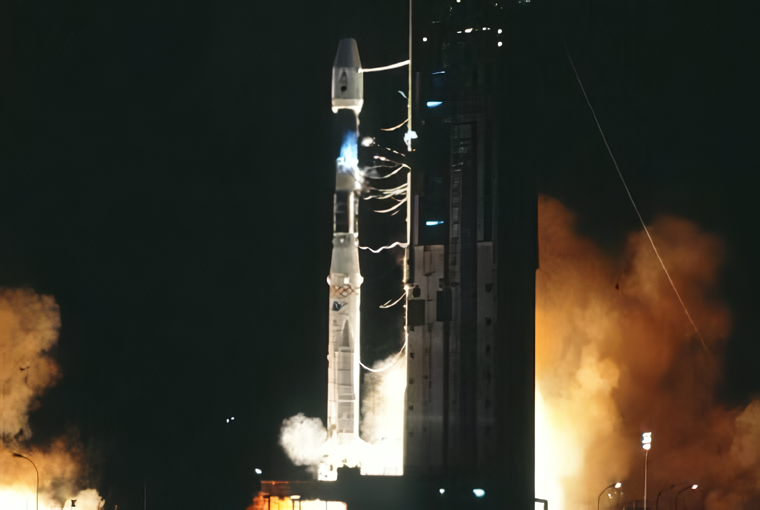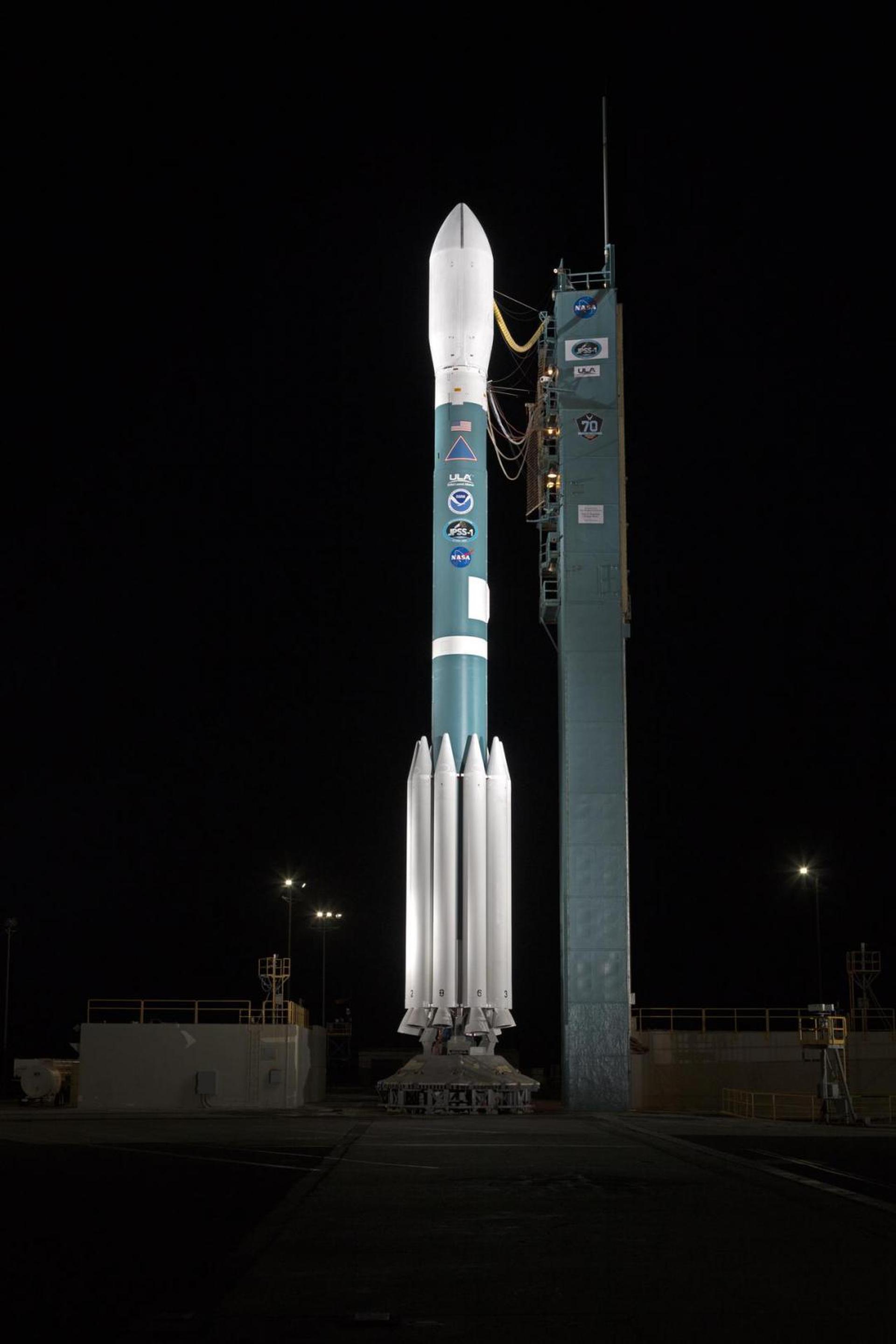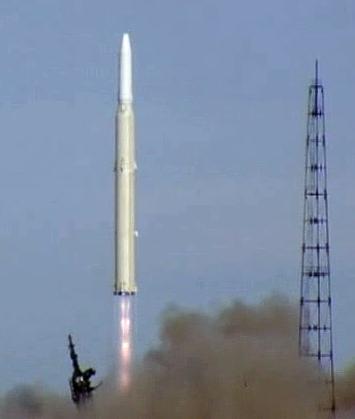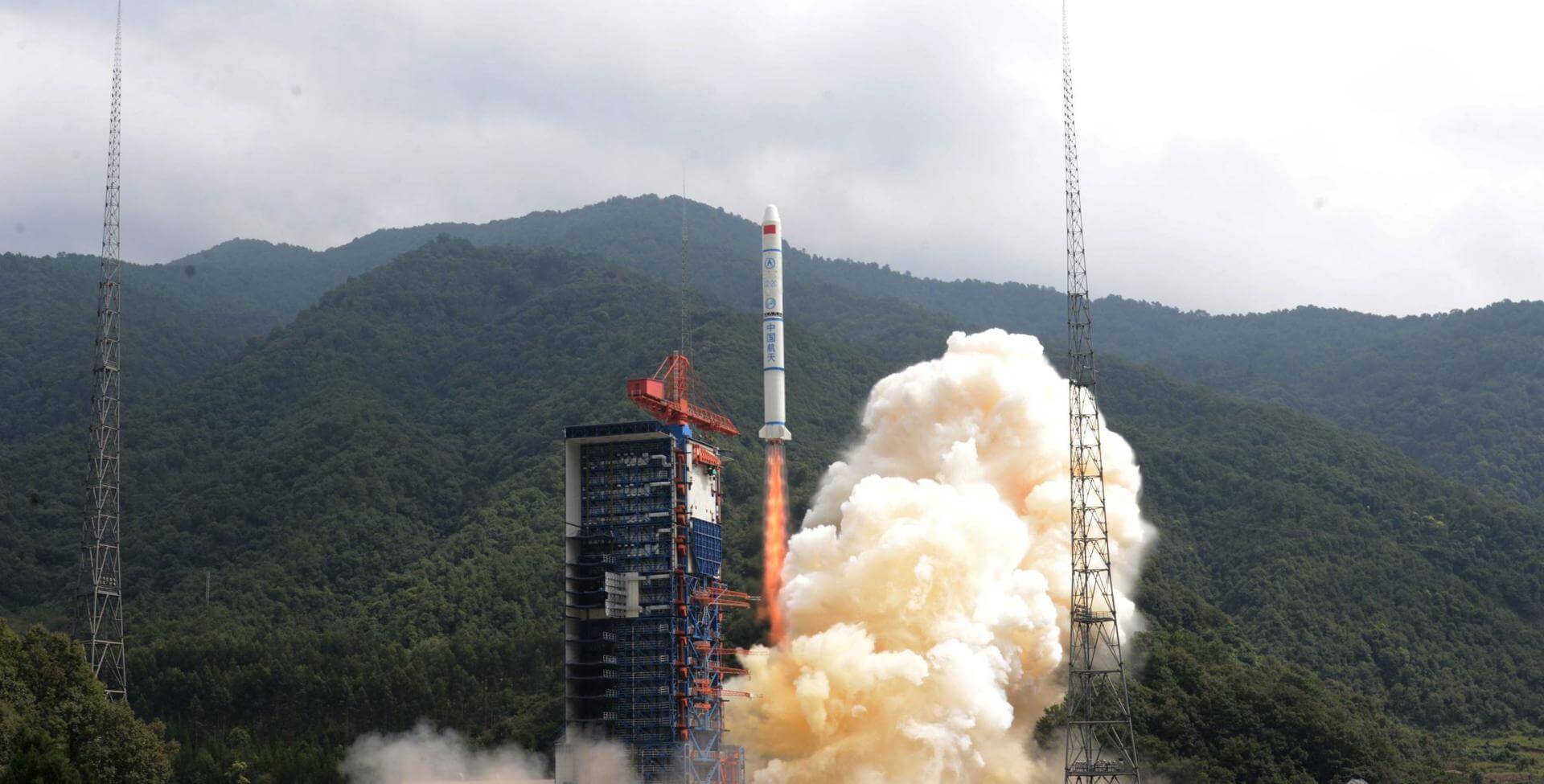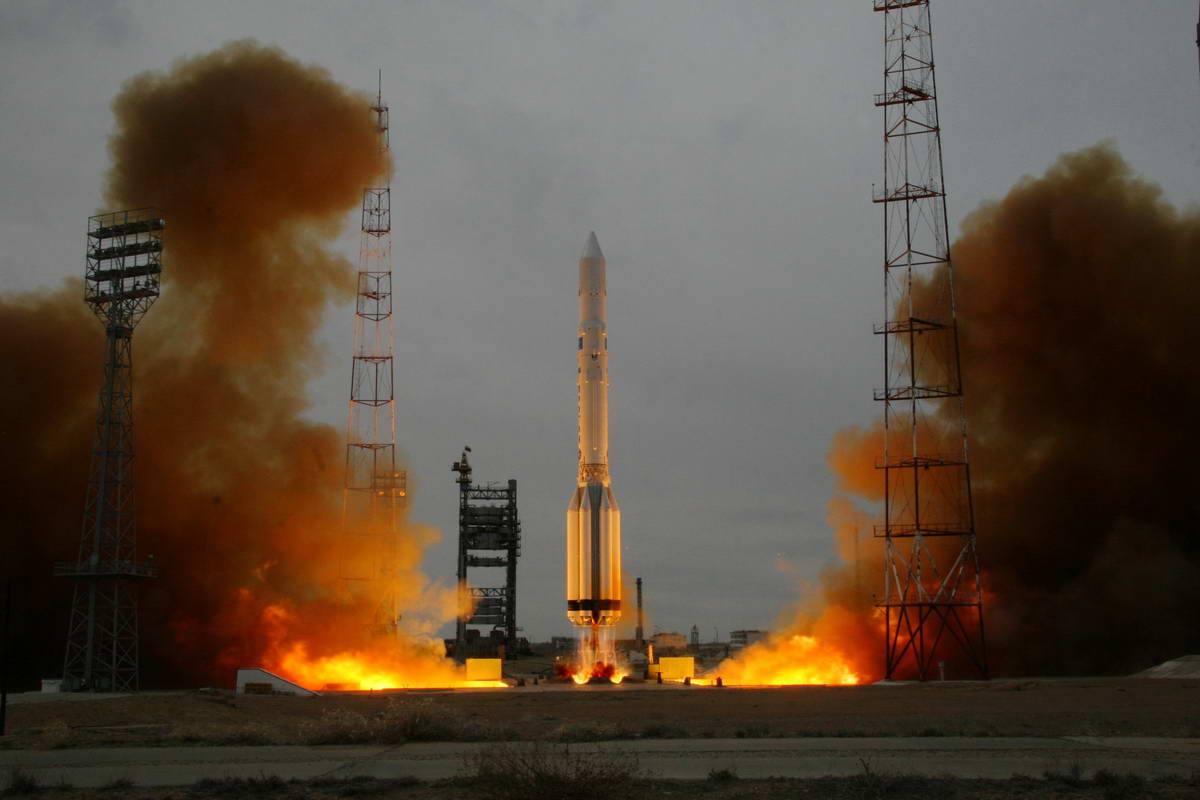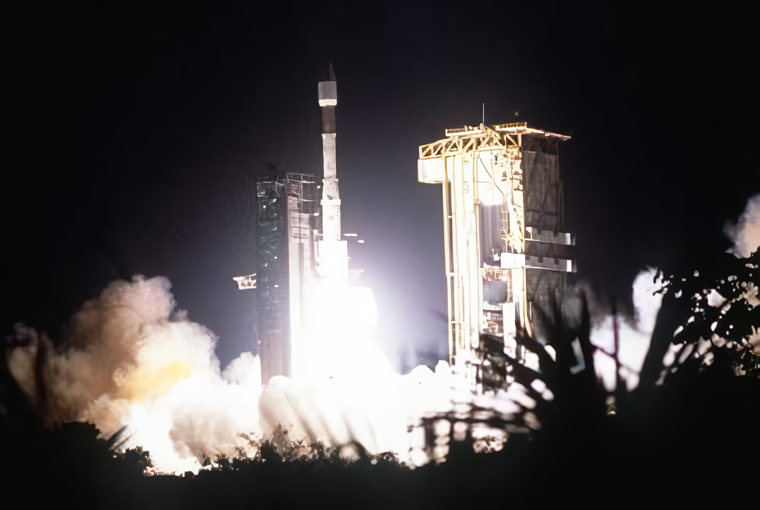Previous Spaceflight Launches
Filter by Agency, Locations or Vehicles
Show All LaunchesAriane 42L | INTELSAT 804
Aérospatiale | FRAGuiana Space Centre, French Guiana
Dec. 22, 1997, 12:17 a.m.
Status: Launch Successful
Mission:
The Intelsat VIII-VIII/A series has been designed to meet the needs of Intelsat users throughout the system for improved C-band coverage and service. These spacecraft will incorporate six-fold C-band frequency reuse, two-fold frequency reuse of expanded C-band capacity, and the highest C-band power level ever for an Intelsat satellite. Consequently, Intelsat VIII will provide significantly more C-band capacity for public switched telephony and Intelsat Business Service, better quality for video services, and encourage new international VSAT applications.
Geostationary OrbitDelta II | Iridium 45 to 49
United Launch Alliance | USAVandenberg SFB, CA, USA
Dec. 20, 1997, 1:16 p.m.
Status: Launch Successful
Mission:
Iridium provides global mobile telecommunications services using a constellation of 66 low earth orbit satellites in a 86.4° inclined orbit. Although 77 satellites were originally envisioned for the system and spawned the name based on the 77th element in the periodic table, the system has been scaled back. Motorola's Satellite Communications Group designed and manufactured the Iridium satellites with Lockheed Martin providing the LM-700A spacecraft buses.
Low Earth OrbitSoyuz U | Progress M-37
Russian Federal Space Agency (ROSCOSMOS) | RUSBaikonur Cosmodrome, Republic of Kazakhstan
Dec. 20, 1997, 8:45 a.m.
Soyuz-U-PVB | Yantar-4K2 77
Progress Rocket Space Center | RUSPlesetsk Cosmodrome, Russian Federation
Dec. 15, 1997, 3:40 p.m.
Tsiklon-2 | US-PM 9
Yuzhnoye Design Bureau | UKRBaikonur Cosmodrome, Republic of Kazakhstan
Dec. 9, 1997, 7:17 a.m.
Status: Launch Successful
Mission:
US-PM (Upravlenniye Sputnik Passivny Modifikirovanny) (also reported as US-PU) was a solar powered improved EORSAT (Electronic Ocean Reconnaissance Satellite). It used an passive ELINT devices to track naval vessels from space by registering their electronic emmissions.
Low Earth OrbitAtlas IIAS | Galaxy 8i
Lockheed Martin | USACape Canaveral, FL, USA
Dec. 8, 1997, 11:52 p.m.
Status: Launch Successful
Mission:
Galaxy 8-i is one of the most powerful satellites to join PanAmSat Corporation's fleet of spacecraft, with nearly 10 kilowatts of power at beginning of life. It is a Hughes HS-601HP body-stabilized model built by Hughes Space and Communications Company in El Segundo, Calif.
Geostationary OrbitLong March 2C/SD | Iridium 42 & 44
China Aerospace Science and Technology Corporation | CHNTaiyuan Satellite Launch Center, People's Republic of China
Dec. 8, 1997, 7:16 a.m.
Status: Launch Successful
Mission:
Iridium provides global mobile telecommunications services using a constellation of 66 low earth orbit satellites in a 86.4° inclined orbit. Although 77 satellites were originally envisioned for the system and spawned the name based on the 77th element in the periodic table, the system has been scaled back. Motorola's Satellite Communications Group designed and manufactured the Iridium satellites with Lockheed Martin providing the LM-700A spacecraft buses.
Low Earth OrbitProton-K/DM-2M | Astra 1G
Khrunichev State Research and Production Space Center | RUSBaikonur Cosmodrome, Republic of Kazakhstan
Dec. 2, 1997, 11:10 p.m.
Ariane 44P | JCSAT 1B & Equator-S
Aérospatiale | FRAGuiana Space Centre, French Guiana
Dec. 2, 1997, 10:52 p.m.
H-II | TRMM & ETS 7
Mitsubishi Heavy Industries | JPNTanegashima Space Center, Japan
Nov. 27, 1997, 9:27 p.m.
Status: Launch Successful
Mission:
TRMM (Tropical Rainfall Measuring Mission) is the first space mission dedicated to quantitatively measuring tropical and subtropical rainfall which is one of the most important and least-known parameters affecting the global climate system. ETS-VII (Engineering Test Satellite, "Kiku 7") was launched aboard the H-2 No. 6 rocket from Tanegashima Space Center in November 1997.mETS-VII itself comprises two satellites: "Orihime" and "Hikoboshi". "Orihime" is a target satellite weighing approximately 400 kilograms. It is placed in a fixed circular orbit at an altitude of roughly 550 kilometers. "Hikoboshi" is a chaser satellite, weighing some 2.5 tons. It moves in a variable orbit to rendezvous and dock with "Orihime". "Hikoboshi" is equipped with a six-jointed, three-clawed robot arm two meters long.
Low Earth Orbit